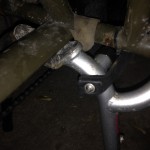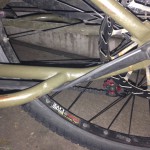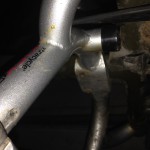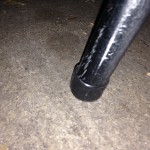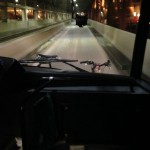My old Specialized rear wheel (with Stout hub) needed new bearings and new cone nuts during a rebuild. Finding the 1/4-inch diameter bearings is easy, but no info exists for the cone nuts. I decided to measure the diameters and lengths of the existing cone nuts and order new cone nuts from Wheels Mfg; CN-R081 and CN-R097. For before and after shots, see the original cone nuts are shown in front of bags with new cone nuts):

Two make the new cone nuts work, I made two modifications:
- I had to remove the dust shield from the drive side nut (see clipped shield below):

- I had to remove one thick washer and replace it with a thinner one, this corrected the total axle width back to 135mm, so I felt good about that.
I was only counting on this wheel as a backup, but I already find myself putting it in service. It squeaked for the first couple days in use, so I pulled it apart, re-packed with Phil Wood’s grease. It squeaked for another couple days of use, but is now quiet and seems to be functioning fine. Thank you Wheels Manufacturing!

